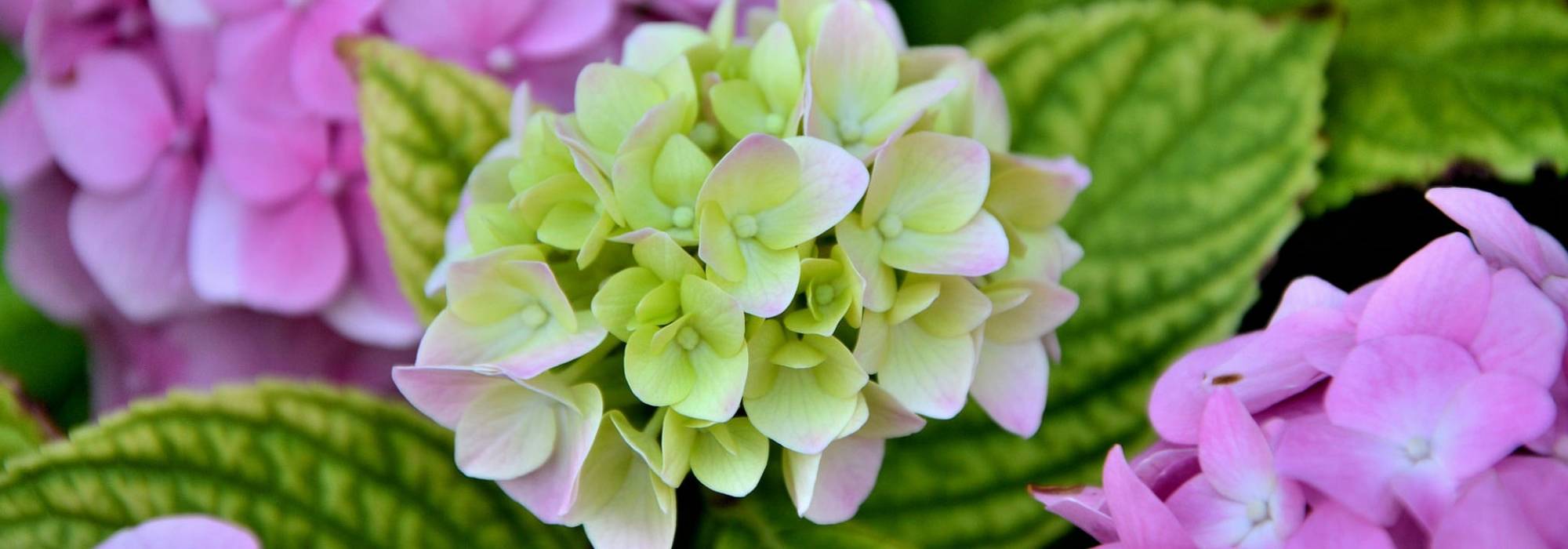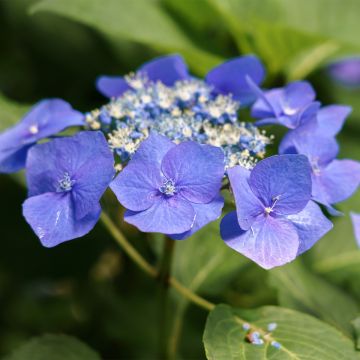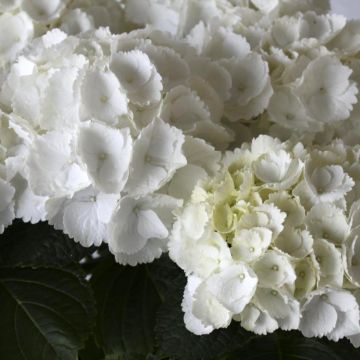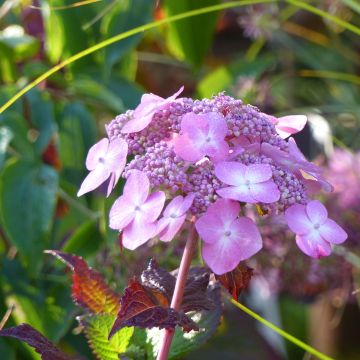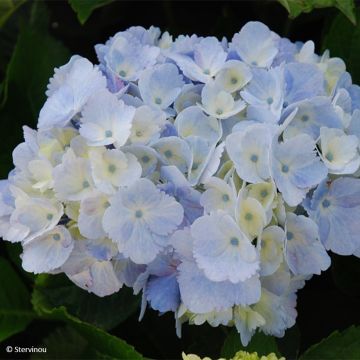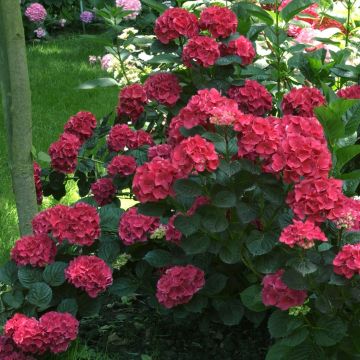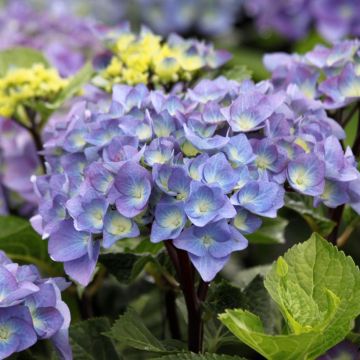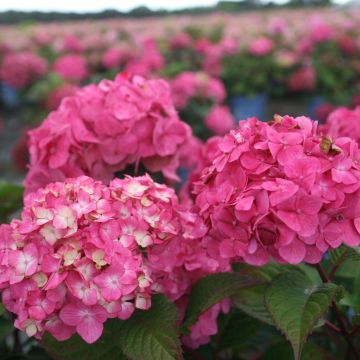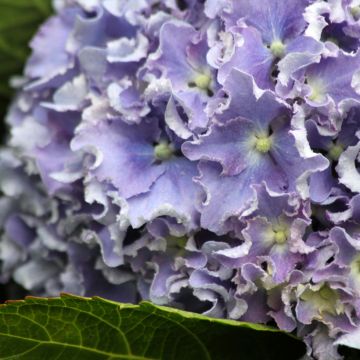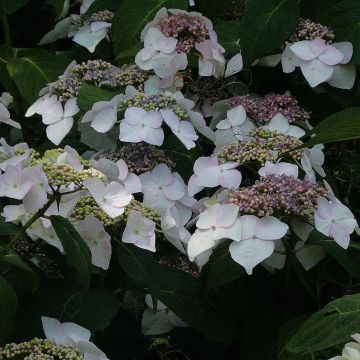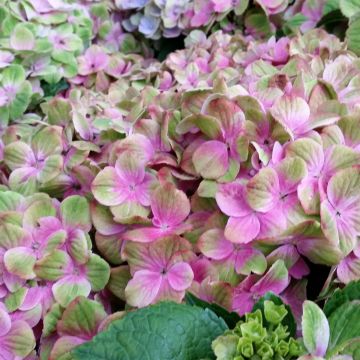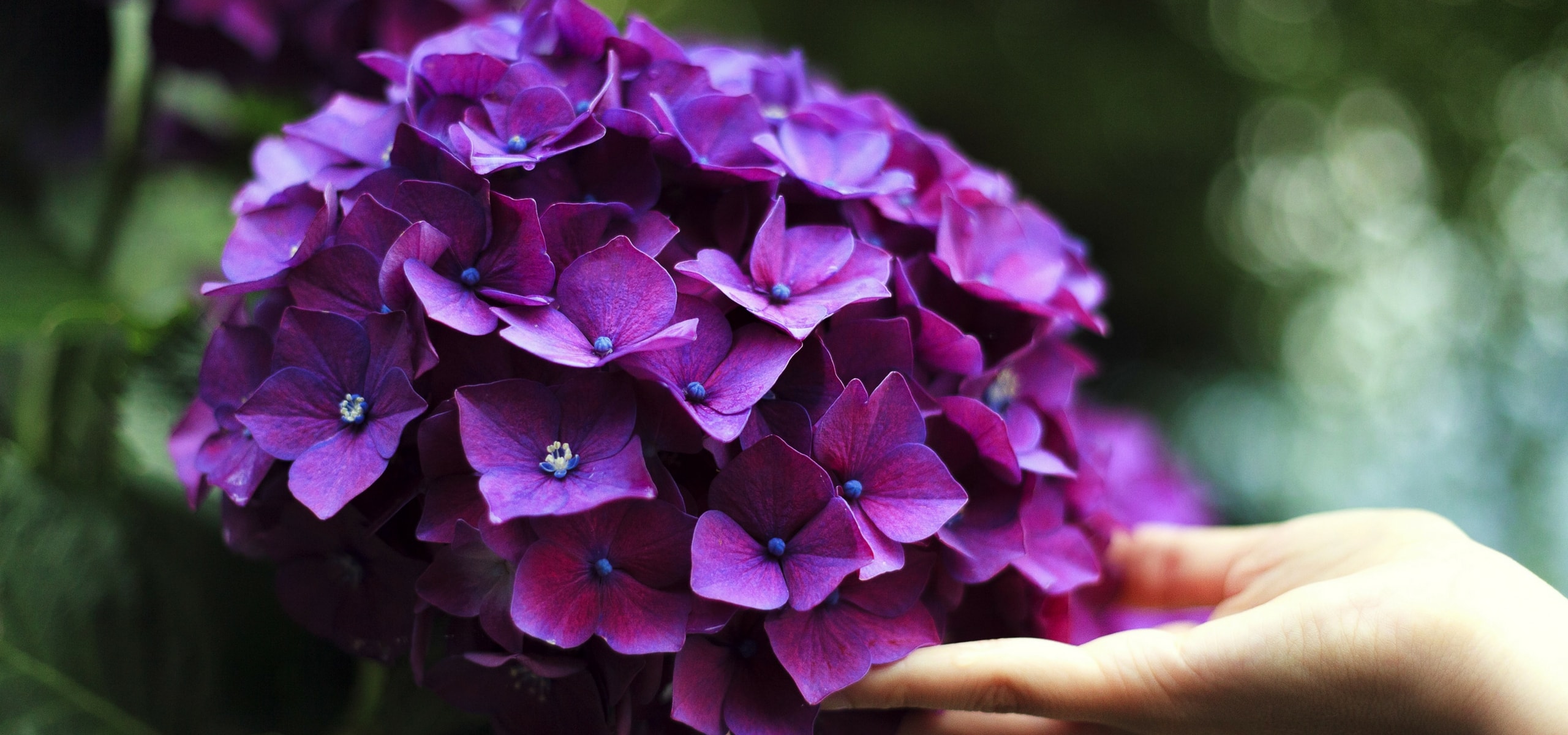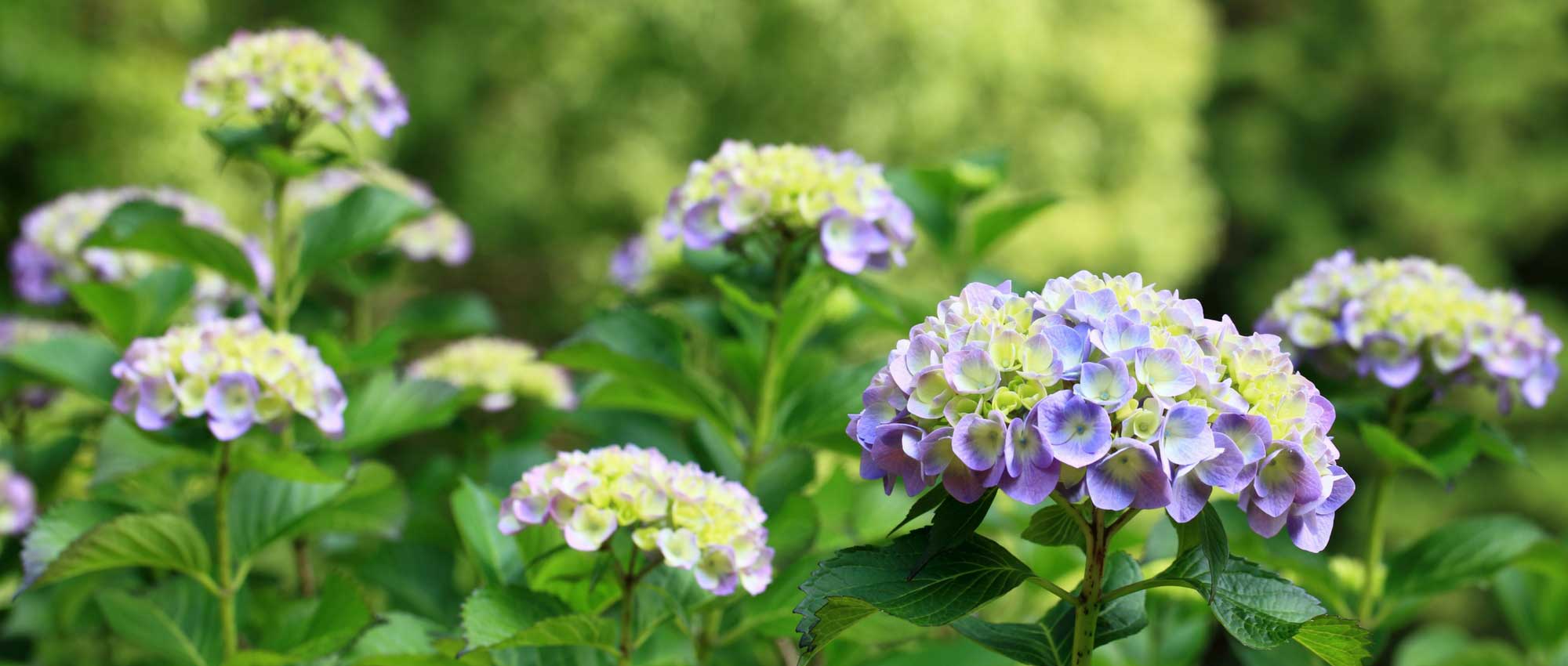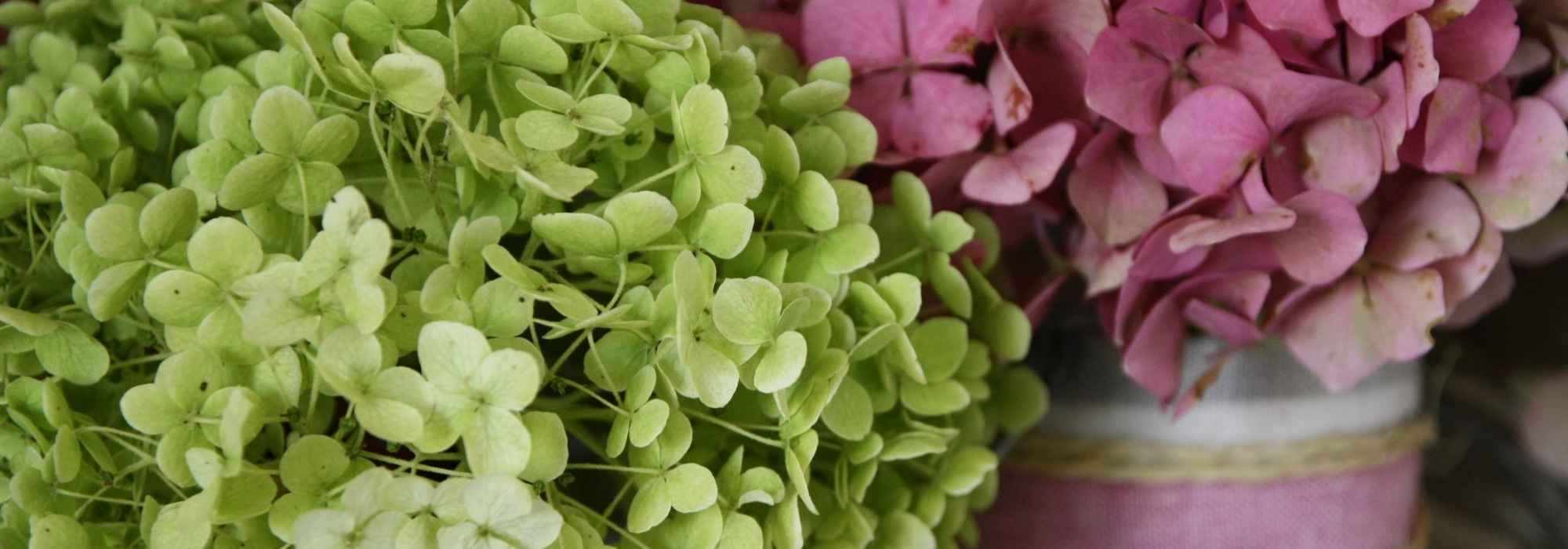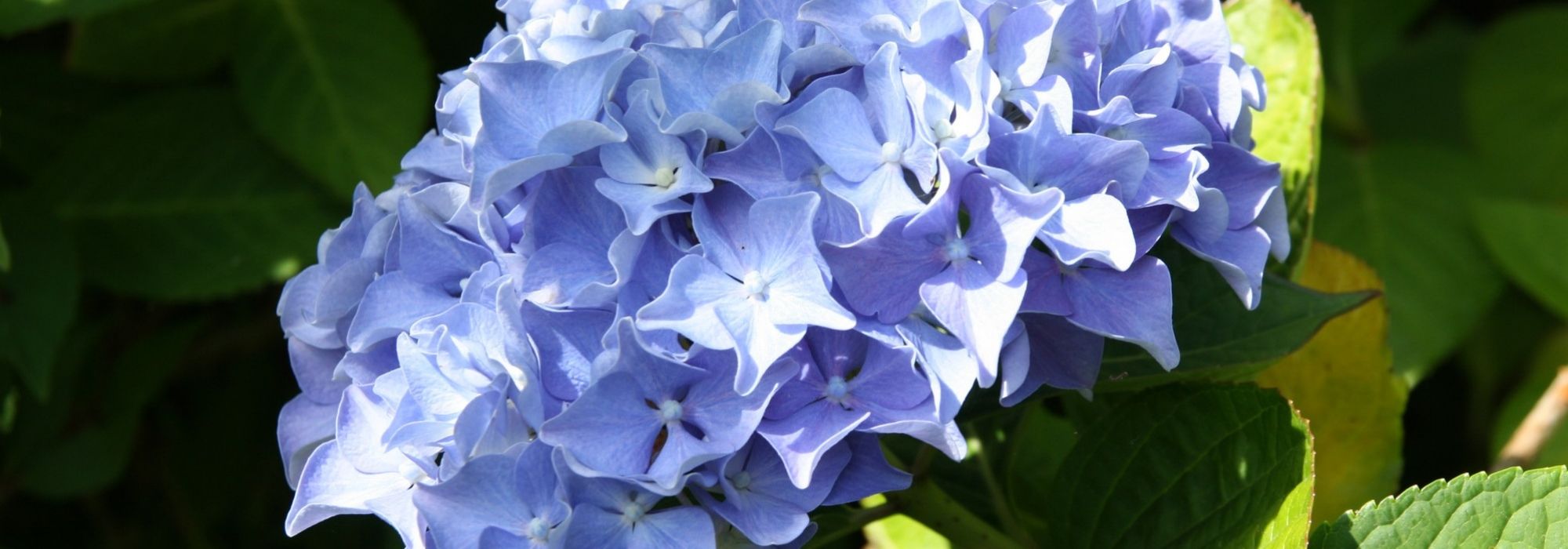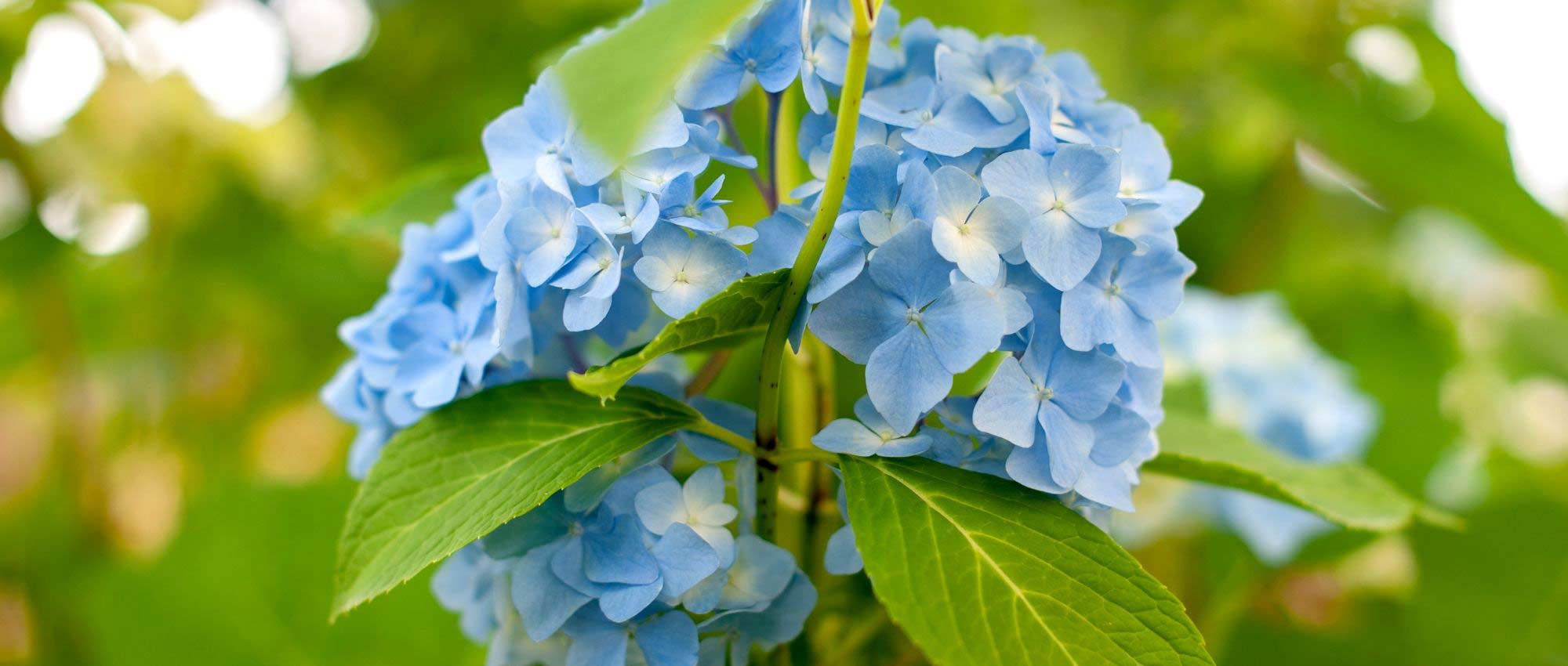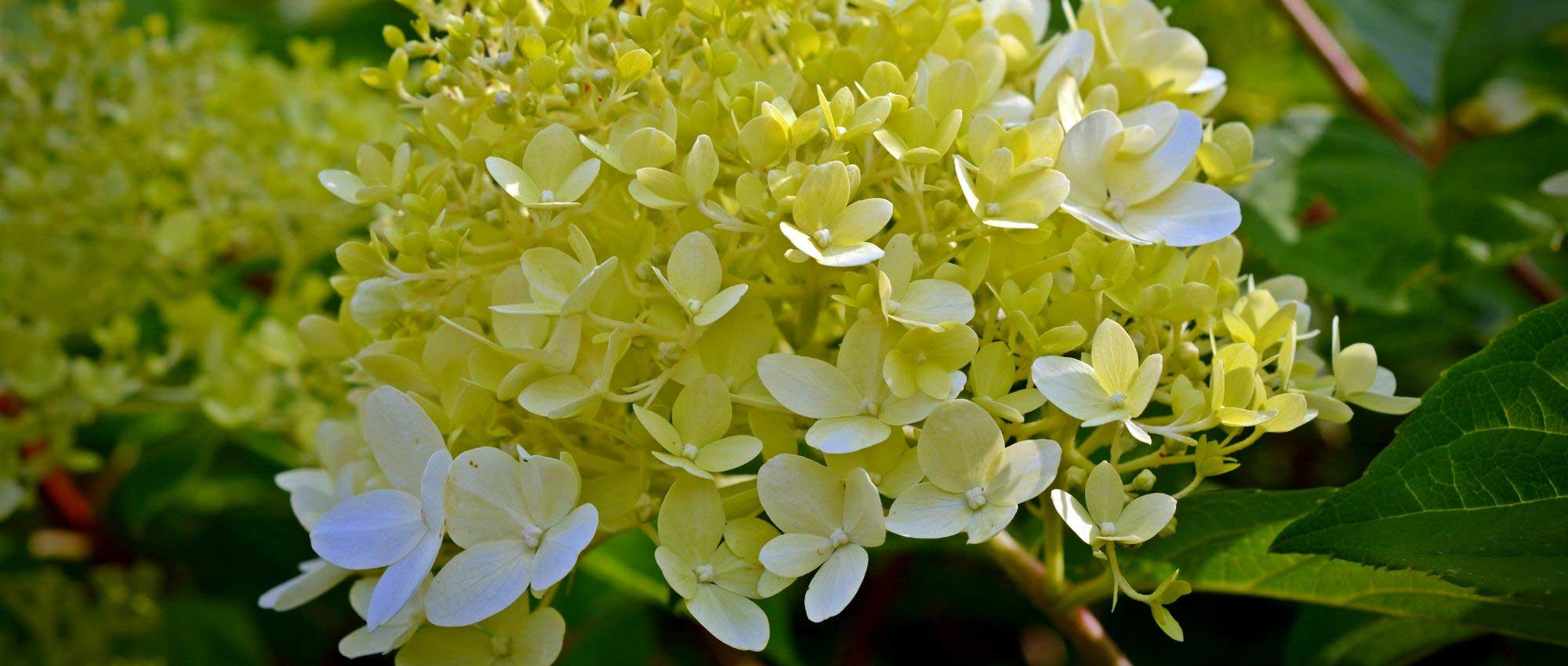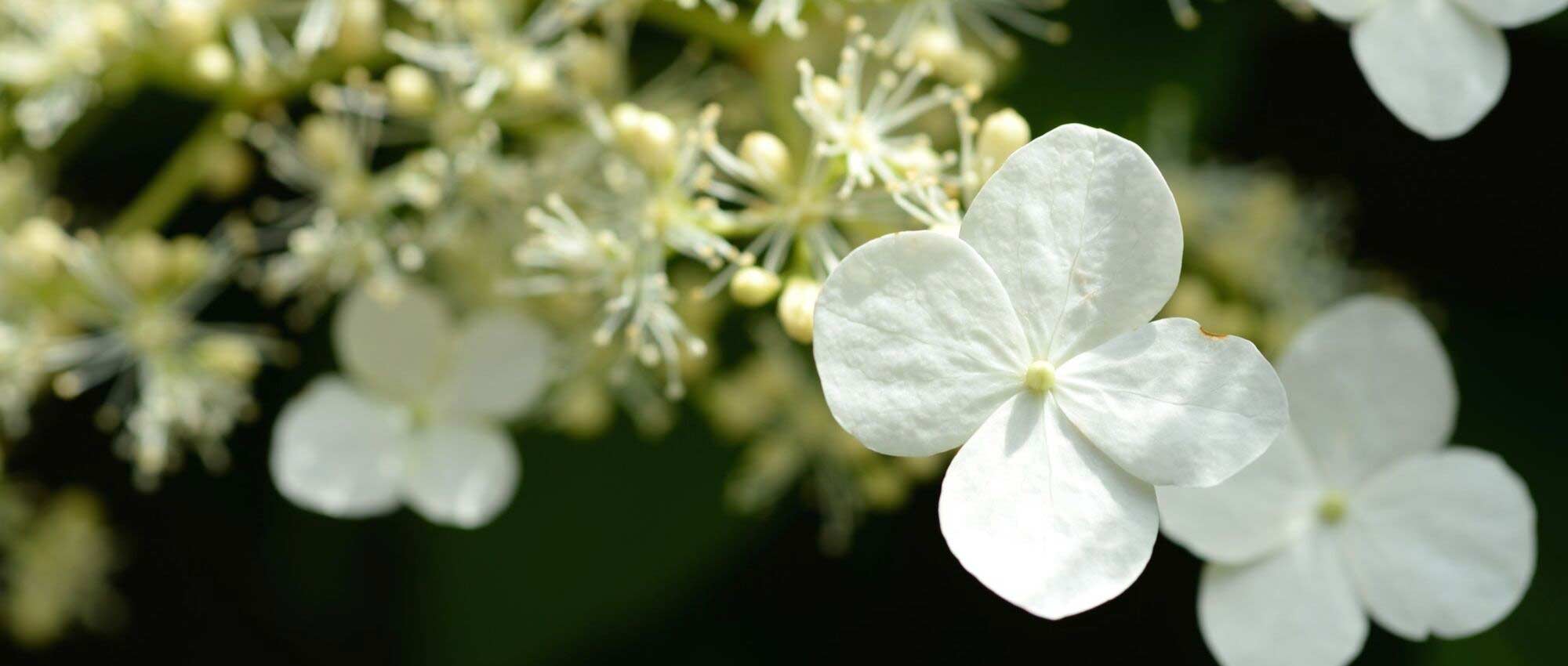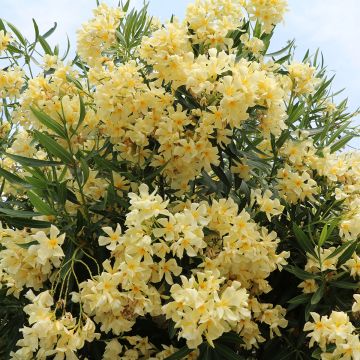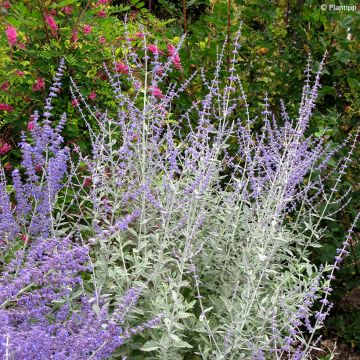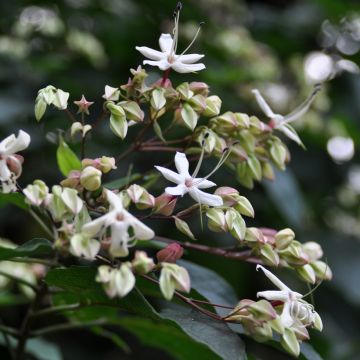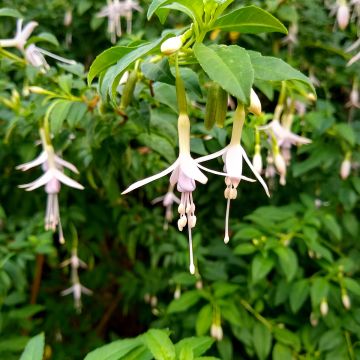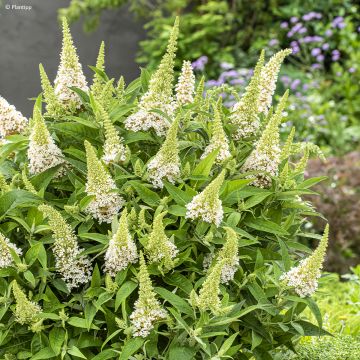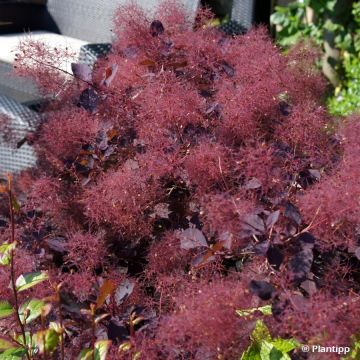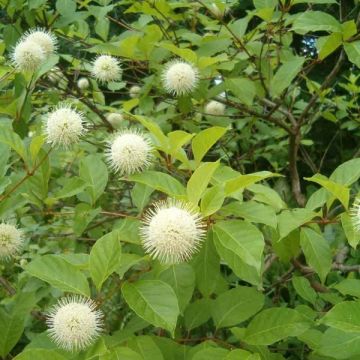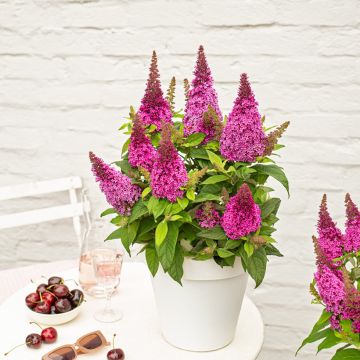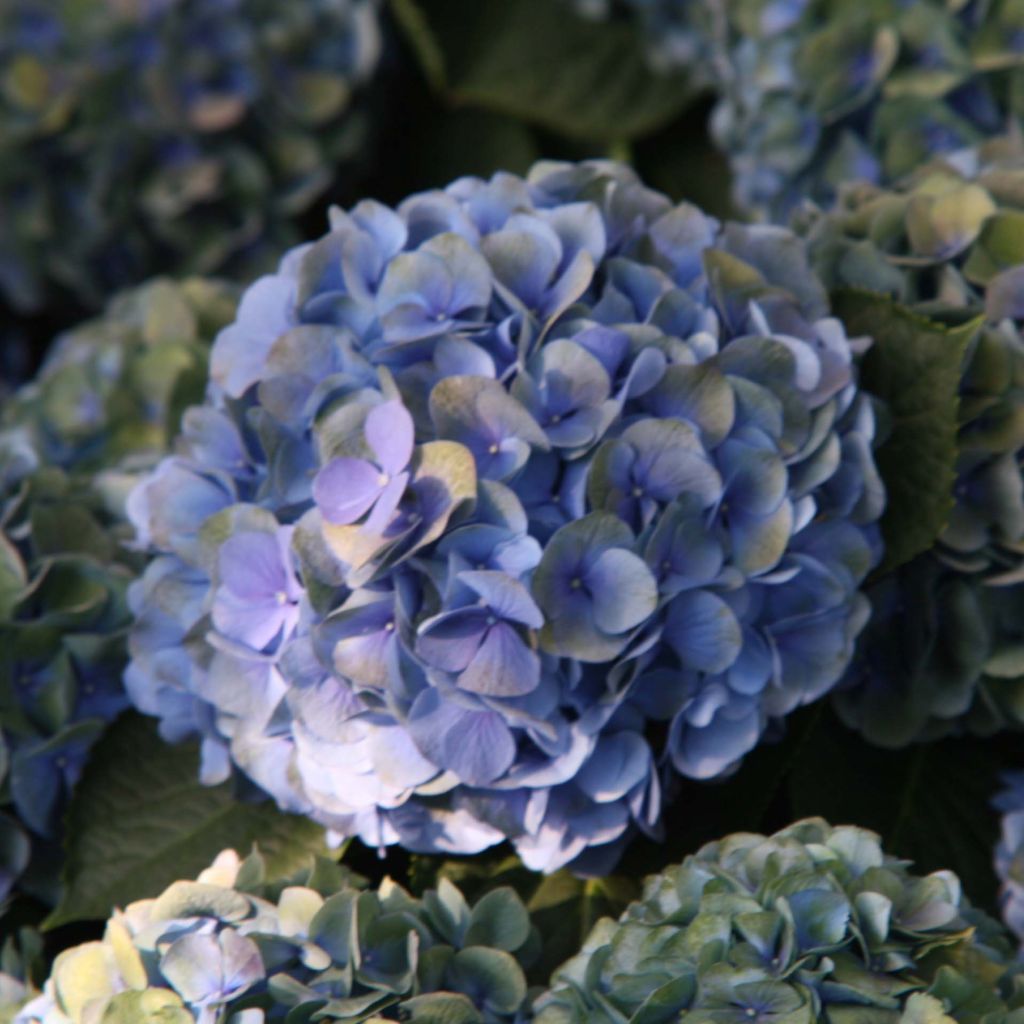

Hortensia Mathilde Gutges - Hydrangea macrophylla
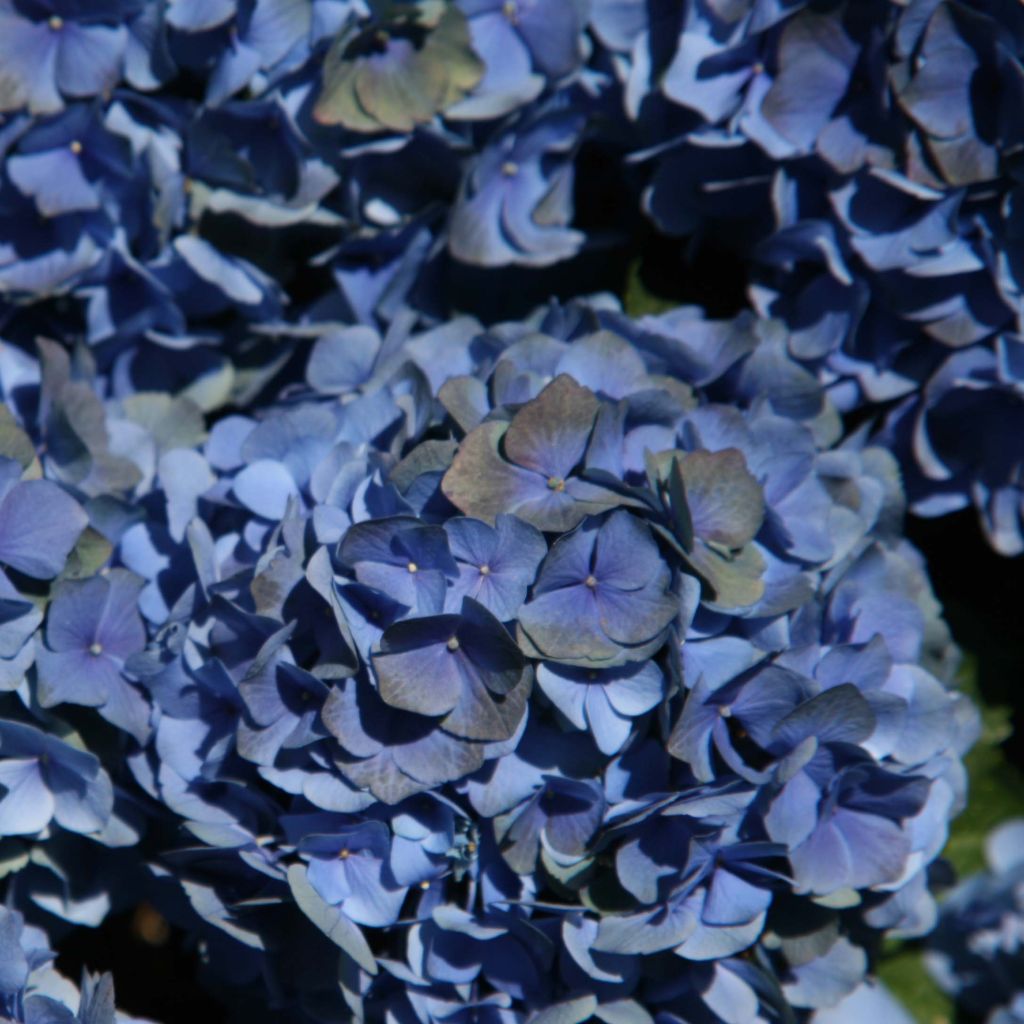

Hortensia Mathilde Gutges - Hydrangea macrophylla
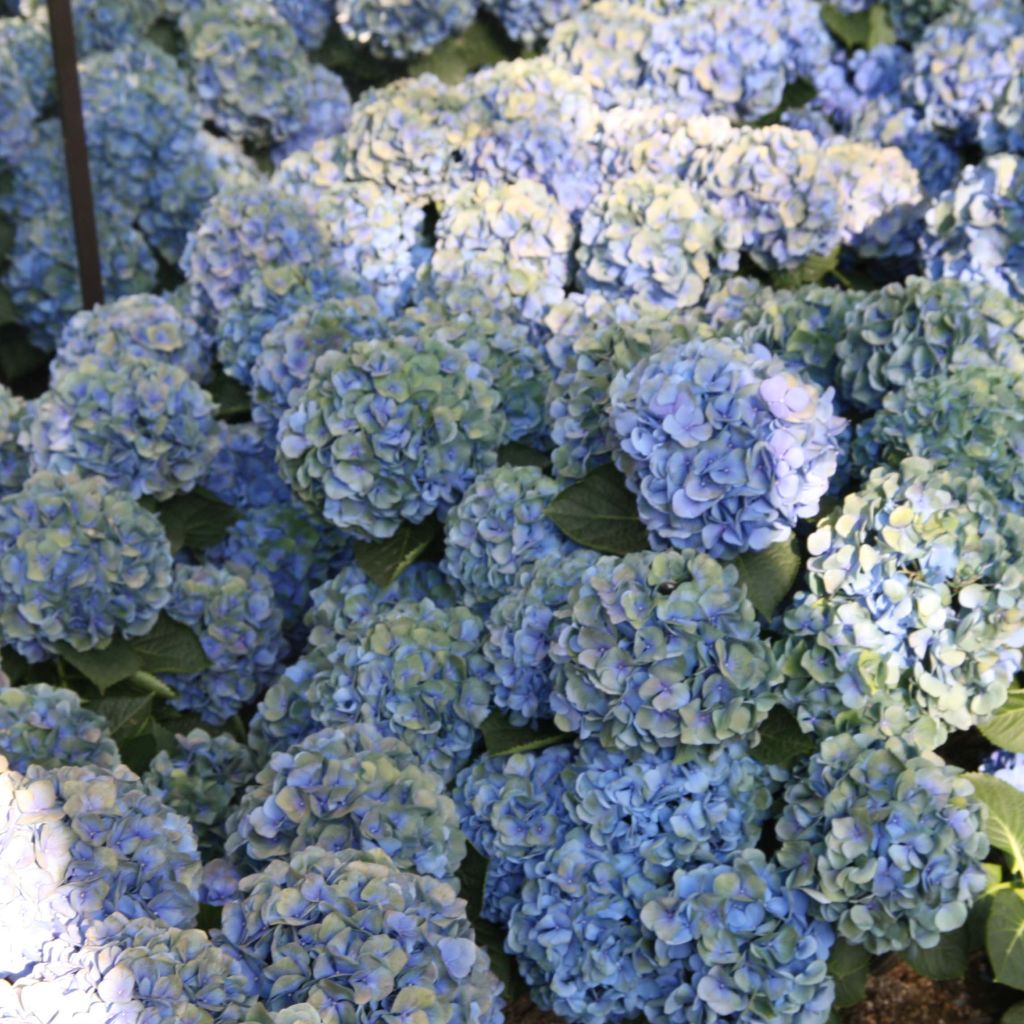

Hortensia Mathilde Gutges - Hydrangea macrophylla
Hydrangea macrophylla Mathilde Gutges
Hydrangea macrophylla Mathilde Gutges
Bigleaf Hydrangea, French Hydrangea
Bought last February. Good spring awakening! Planted in a large 40l container, still in a greenhouse for now. I'm waiting for the last frosts to pass before moving it to the garden, floral buds are visible. For the moment, all is well!
Magali, 13/04/2021
Special offer!
Receive a €20 voucher for any order over €90 (excluding delivery costs, credit notes, and plastic-free options)!
1- Add your favorite plants to your cart.
2- Once you have reached €90, confirm your order (you can even choose the delivery date!).
3- As soon as your order is shipped, you will receive an email containing your voucher code, valid for 3 months (90 days).
Your voucher is unique and can only be used once, for any order with a minimum value of €20, excluding delivery costs.
Can be combined with other current offers, non-divisible and non-refundable.
Home or relay delivery (depending on size and destination)
Schedule delivery date,
and select date in basket
This plant carries a 24 months recovery warranty
More information
We guarantee the quality of our plants for a full growing cycle, and will replace at our expense any plant that fails to recover under normal climatic and planting conditions.

Does this plant fit my garden?
Set up your Plantfit profile →
Description
Hydrangea macrophylla 'Mathilde Gutges', created in Germany after the Second World War, is a benchmark in the category of blue flower-ball hydrangeas. This variety offers a flowering of a blue that is more intense the more acidic the soil is. It can develop purplish-violet and metallic reflections as it fades. Its small balls of flowers bloom abundantly in summer and remain decorative for almost 5 months. A small, hardy, versatile hydrangea. Plant it in semi-shade, in non-limestone, fertile, moist but well-drained soil. Provide it with acidic soil or enriched with aluminium sulphate to reveal its magnificent blue colours.
Hydrangea macrophylla 'Mathilde Gutges' is a creation of August Steiniger, dating from 1946. It is a hardy and particularly floriferous hybrid. Hydrangeas belong to the Hydrangeaceae family, native to China and Japan. Within a few years, 'Mathilde Gutges' forms a small bush with a rounded and sprawling habit. It will reach a maximum height of 1m (3ft) and a spread of 1.2m (4ft). From July to September, it produces an abundance of round inflorescences, 10 to 12cm (4 to 5in) wide, at the ends of one-year-old branches. When they emerge, the inflorescences are yellow-green in colour, tinged with blue-purple. Cup-shaped, they are composed of fertile flowers with dentate petals. In acidic soil (pH between 5 and 6), these flowers display an intense blue colour, even royal blue, lit up with white and green at the centre. In slightly calcareous soil, the flowers will have a lilac-pink hue, quite common in hydrangeas. The faded flowers retain interesting colours, with slate, violet, and turquoise reflections. The flowering is spread over ample, rounded, bright green, dentate, glossy foliage, which takes on beautiful coppery colours in autumn before falling. The leaves are opposite, and reach about 10 cm (4in) in length. They are single, ovate to elliptical, ending in a pointed tip, and coarsely dentate. Hydrangeas can live for at least 50 years.
'Mathilde Gutges' is a very blue, generous, and hardy variety, which reveals all its beauty in acidic soil rich in alumina. Hydrangeas are well known for brightening up the north side of houses. This one will thrive in an east or west exposure that is not scorching. This variety is particularly suited to growing in an informal hedge, in a bed, or isolated near a doorway. Even though these plants fear limestone, hydrangeas are not strictly ericaceous plants. Combine them with Japanese maples, ferns, Japanese anemones, lilies, foxgloves, or annual impatiens. Alternatively, plant spring-flowering bulbs in front of their round silhouette. Enjoy their sumptuous flowering for a very long time in the garden or in the house.
Advice: Don't prune too early! Leave the dried inflorescences on the plant and only cut them after the spring frosts. They effectively protect the new vegetation and future flowers.
Note: The colour of the flowers of Hydrangea macrophylla varies according to the pH of the soil. Traditionally blue varieties turn pink in neutral or alkaline soil. To preserve a beautiful blue colour, mix ericaceous soil with your garden soil. Add aluminium sulphate (slate contains it) or alum stone every year in spring.
Hydrangea macrophylla Mathilde Gutges in pictures
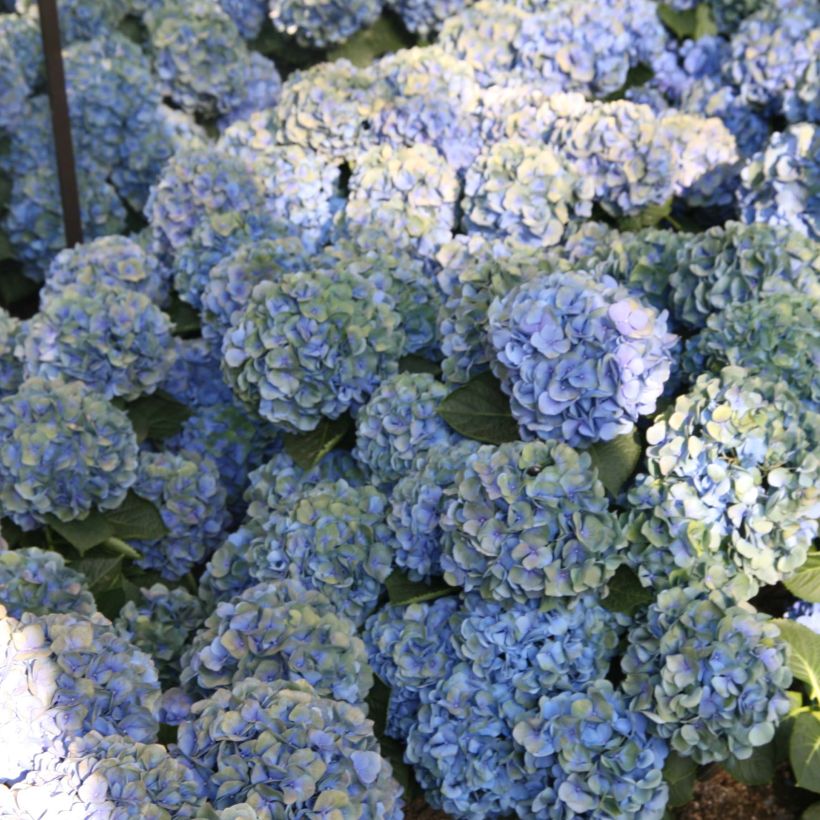

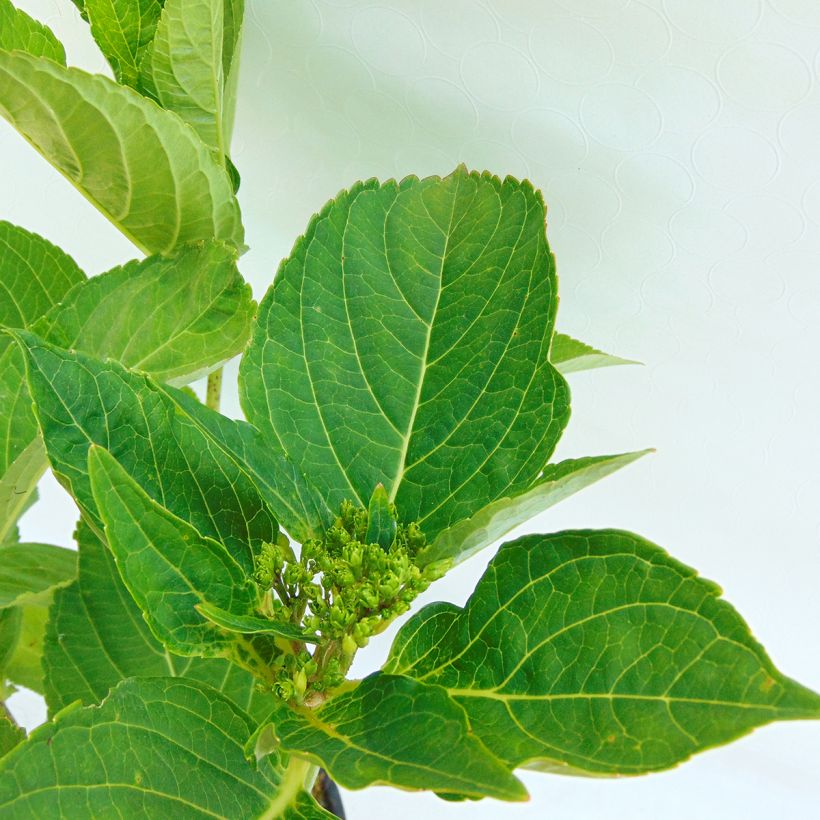

Plant habit
Flowering
Foliage
Botanical data
Hydrangea
macrophylla
Mathilde Gutges
Hydrangeaceae
Bigleaf Hydrangea, French Hydrangea
Cultivar or hybrid
Other Hydrangea Macrophylla
View all →Planting and care
Plant in spring or early autumn, preferably in a semi-shaded position, for example against an east-facing, or even north-facing, wall. It can tolerate morning sun. Protect it from cold, drying winds. It does not require acidic soil, but appreciates deep, moist but well-drained, fairly fertile soil, possibly enriched with a good base fertiliser before planting. An acidic soil rich in aluminium sulphate will reveal its intense blue colour. If planting near a wall and the soil is dry at its base, place the root ball at least 30 to 40cm (12 to 16in) away from it and incorporate a quantity of well-decomposed compost to better retain moisture in the soil. Very hardy, it doesn't fear being planted in cold regions.
As for pruning, remove the faded flowers on the first bud or on the pair of buds directly below. When the plant is mature, prune the older stems back to the base by a quarter or a third. This will encourage the formation of young shoots. Carry out this pruning every year during March and April.
Planting period
Intended location
Care
Planting & care advice
-
, onOrder confirmed
Reply from on Promesse de fleurs
Similar products
Haven't found what you were looking for?
Hardiness is the lowest winter temperature a plant can endure without suffering serious damage or even dying. However, hardiness is affected by location (a sheltered area, such as a patio), protection (winter cover) and soil type (hardiness is improved by well-drained soil).

Photo Sharing Terms & Conditions
In order to encourage gardeners to interact and share their experiences, Promesse de fleurs offers various media enabling content to be uploaded onto its Site - in particular via the ‘Photo sharing’ module.
The User agrees to refrain from:
- Posting any content that is illegal, prejudicial, insulting, racist, inciteful to hatred, revisionist, contrary to public decency, that infringes on privacy or on the privacy rights of third parties, in particular the publicity rights of persons and goods, intellectual property rights, or the right to privacy.
- Submitting content on behalf of a third party;
- Impersonate the identity of a third party and/or publish any personal information about a third party;
In general, the User undertakes to refrain from any unethical behaviour.
All Content (in particular text, comments, files, images, photos, videos, creative works, etc.), which may be subject to property or intellectual property rights, image or other private rights, shall remain the property of the User, subject to the limited rights granted by the terms of the licence granted by Promesse de fleurs as stated below. Users are at liberty to publish or not to publish such Content on the Site, notably via the ‘Photo Sharing’ facility, and accept that this Content shall be made public and freely accessible, notably on the Internet.
Users further acknowledge, undertake to have ,and guarantee that they hold all necessary rights and permissions to publish such material on the Site, in particular with regard to the legislation in force pertaining to any privacy, property, intellectual property, image, or contractual rights, or rights of any other nature. By publishing such Content on the Site, Users acknowledge accepting full liability as publishers of the Content within the meaning of the law, and grant Promesse de fleurs, free of charge, an inclusive, worldwide licence for the said Content for the entire duration of its publication, including all reproduction, representation, up/downloading, displaying, performing, transmission, and storage rights.
Users also grant permission for their name to be linked to the Content and accept that this link may not always be made available.
By engaging in posting material, Users consent to their Content becoming automatically accessible on the Internet, in particular on other sites and/or blogs and/or web pages of the Promesse de fleurs site, including in particular social pages and the Promesse de fleurs catalogue.
Users may secure the removal of entrusted content free of charge by issuing a simple request via our contact form.
The flowering period indicated on our website applies to countries and regions located in USDA zone 8 (France, the United Kingdom, Ireland, the Netherlands, etc.)
It will vary according to where you live:
- In zones 9 to 10 (Italy, Spain, Greece, etc.), flowering will occur about 2 to 4 weeks earlier.
- In zones 6 to 7 (Germany, Poland, Slovenia, and lower mountainous regions), flowering will be delayed by 2 to 3 weeks.
- In zone 5 (Central Europe, Scandinavia), blooming will be delayed by 3 to 5 weeks.
In temperate climates, pruning of spring-flowering shrubs (forsythia, spireas, etc.) should be done just after flowering.
Pruning of summer-flowering shrubs (Indian Lilac, Perovskia, etc.) can be done in winter or spring.
In cold regions as well as with frost-sensitive plants, avoid pruning too early when severe frosts may still occur.
The planting period indicated on our website applies to countries and regions located in USDA zone 8 (France, United Kingdom, Ireland, Netherlands).
It will vary according to where you live:
- In Mediterranean zones (Marseille, Madrid, Milan, etc.), autumn and winter are the best planting periods.
- In continental zones (Strasbourg, Munich, Vienna, etc.), delay planting by 2 to 3 weeks in spring and bring it forward by 2 to 4 weeks in autumn.
- In mountainous regions (the Alps, Pyrenees, Carpathians, etc.), it is best to plant in late spring (May-June) or late summer (August-September).
The harvesting period indicated on our website applies to countries and regions in USDA zone 8 (France, England, Ireland, the Netherlands).
In colder areas (Scandinavia, Poland, Austria...) fruit and vegetable harvests are likely to be delayed by 3-4 weeks.
In warmer areas (Italy, Spain, Greece, etc.), harvesting will probably take place earlier, depending on weather conditions.
The sowing periods indicated on our website apply to countries and regions within USDA Zone 8 (France, UK, Ireland, Netherlands).
In colder areas (Scandinavia, Poland, Austria...), delay any outdoor sowing by 3-4 weeks, or sow under glass.
In warmer climes (Italy, Spain, Greece, etc.), bring outdoor sowing forward by a few weeks.






























